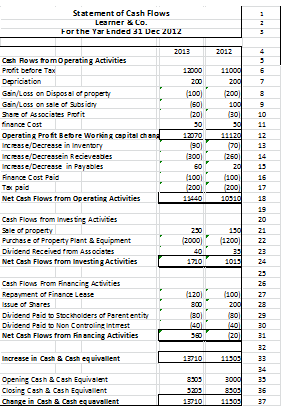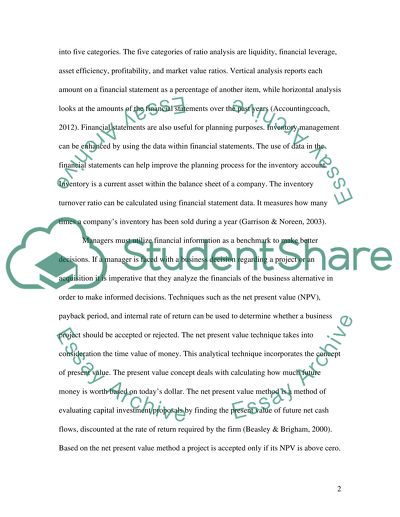Content

Online businesses with no physical inventory, such as companies that only sell downloadable software, have very low fixed costs—often just the cost of maintaining a website. How you classify some expenses, like utilities and taxes, can change with the situation. An accounting firm, for example, may have relatively steady utility costs—whether it’s processing 100 or 1,000 tax returns. A manufacturing company’s gas and electricity bills, by contrast, may rise when its factories produce more stuff and fall when they produce less. You started a small coffee shop that specializes in gourmet roasted coffee beans. Your fixed costs are around $1,800 per month, which includes your building lease, utility bills, and coffee roaster loan payment.
- Variable costs are expenses that change as production increases or decreases.
- Because of their unpredictable nature, some households struggle to track and budget for variable expenses.
- These bills cannot easily be changed and are usually paid on a regular basis, such as weekly, monthly, quarterly or from year to year.
- Variable expenses are more often volume-related, such as the amount of time your hourly employees work each week.
- The fixed costs are constant for a specified time but can change over time.
Fixed cost does not change with the volume and remains constant for a given period of time. Till the time new lease contract is not changed, the lease payment will remain fixed. Examples of variable costs are Raw materials, labor, packaging, freight, and commission.
What are periodic fixed expenses?
Illustrate and explain the effects of Fixed Costs on a small business start-up. Explain why budgets are important to all organizations. Expand your discussion by illustrating how different types of budgets are used. Describe how subjectivity can affect a person’s calculation of cost and benefit in business. Explain and elaborate Sunk Costs, Avoidable Costs and Opportunity Costs.
- These costs do not change whether the business produces one or a thousand units.
- Understanding different types of costs are essential for businesses to develop a strategy of providing quality products and making a profit.
- Budget your fixed expenses first, because they make up the majority of your budget and are usually set for longer periods of time.
- If you’re able to increase oil changes up to 2,000, your average fixed cost per unit will be cut in half to $2.50.
- In the short-run when production is temporarily stopped, there will be no variable costs.
Fixed cost is time-related as it changes only after a certain period. Whereas the variable cost is volume related varies with the volume of production. This decision should be made with volume capacity and volatility in mind as trade-offs occur at different levels of production. High volumes with low volatility favor machine investment, while low volumes and high volatility favor the use of variable labor costs. The cost which changes with the changes in the quantity of output produced is known as Variable Cost. They are directly affected by the fluctuations in the activity levels of the enterprise. Marginal costs can include variable costs because they are part of the production process and expense.
Variable vs Fixed Costs Definition
All costs that do not fluctuate directly with production volume are fixed costs. Fixed costs include indirect costs and manufacturing overhead costs. https://online-accounting.net/ In accounting, a distinction is often made between the variablevsfixed costs definition. Variable costs change with activity or production volume.

Companies use marginal analysis as to help them maximize their potential profits. It’s also a good idea to use record-keeping software that helps you track The Difference Between Fixed Cost and Variable Cost expenses and your income. This will keep you on top of your day-to-day finances and help you get a better idea of your overall financial outlook.
How Do Semi-Variable Costs Separate Fixed and Variable Costs?
Fixed cost is payable irrespective of whether there is any product or not. At the same time, the variable cost incurs when there is any production. Incurred whenEven if the output is nil, fixed costs are incurred. The term sunk cost refers to money that has already been spent and can’t be recovered. While sunk costs may be considered fixed costs, not all fixed costs are considered sunk.
A variable expense, on the other hand, may change due to various factors – which means you can’t always predict exactly what it will cost. Both types of expenses can be direct or indirect costs. In the short-run when production is temporarily stopped, there will be no variable costs. Because it is a bill you pay every month and remains roughly the same, a cell phone is a fixed expense. Still, you can work on bringing cell phone costs down to make sure this fixed expense fits in your budget. Some variable expenses can be more easily controlled than others.
In a production facility, labor and material costs are usually variable costs that increase as the volume of production increases. It takes more labor and material to produce more output, so the cost of labor and material varies in direct proportion to the volume of output.
What is the difference between fixed costs and variable costs?
Fixed costs remain constant in total, whereas variable costs change with changes in production volume or activity. The unit cost of a variable cost remains fixed throughout the relevant range of activity.
